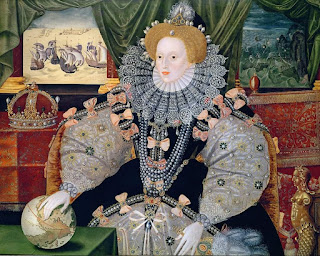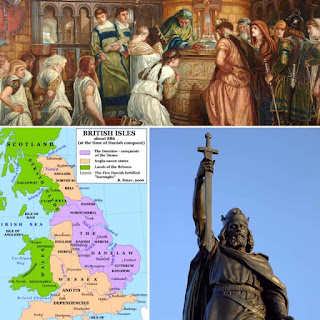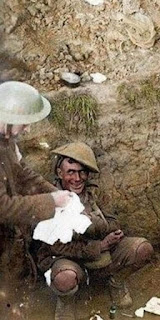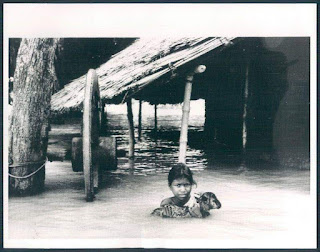The Spanish Armada set sail with 130 ships and 30,000 men and headed for the English Channel.

28 MAY 1588 The Spanish Armada set sail with 130 ships and 30,000 men and headed for the English Channel. Its aim was to travel to the Netherlands where an additional 30,000 soldiers were waiting to be transported for a huge planned invasion of England. The aim of the Armada was to overthrow Queen Elizabeth I and her Protestant regime. It was prompted by Elizabeth's sanctioned execution of Mary, Queen of Scots but King Philip II of Spain's had other reasons to invade England. He wanted to stop English interference in the Spanish Netherlands where they were assisting Dutch Protestant rebels. The plan also aimed to stop English and Dutch privateering against Spanish ships in the Americas. English ships sailed from Plymouth to attack the Armada as it progressed through the English Channel before anchoring off Calais. The Armada was damaged at the Battle of Gravelines before the Spanish fleet was driven by unfavourable winds up the eastern coast of England. The Armada fail...





